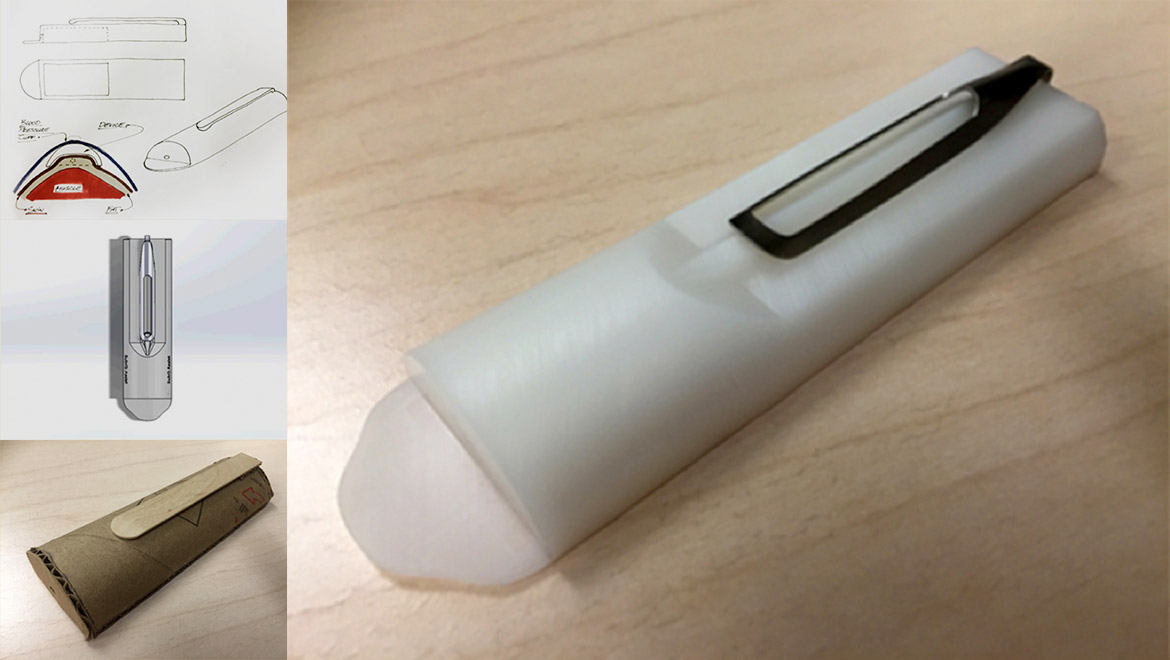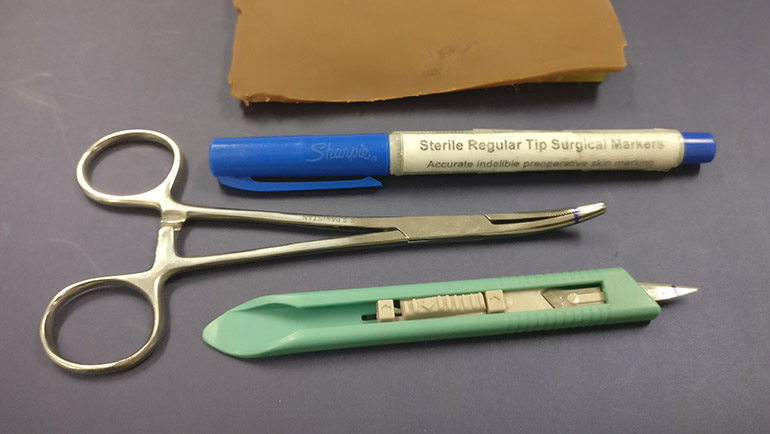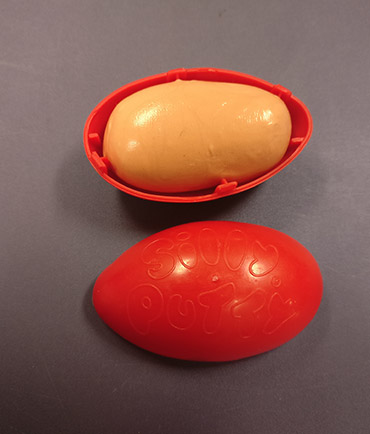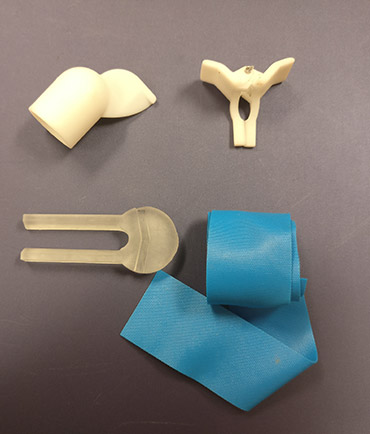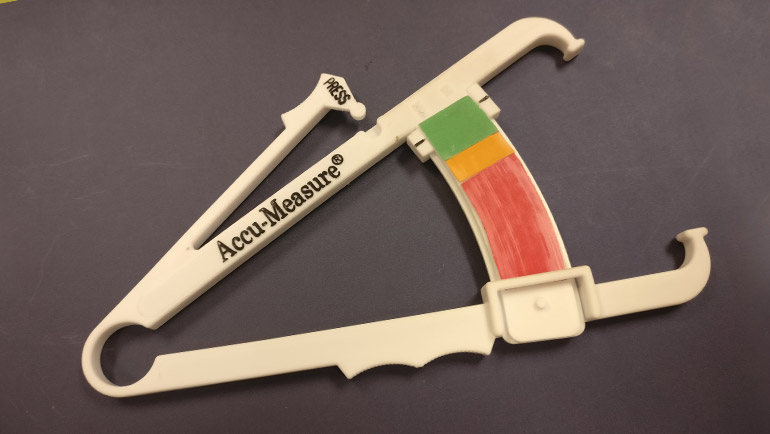Prototypes play an essential role in the product design process and enable designers to specify, meet and verify design and engineering challenges. Since engineers are not typically trained in immersive methods, the solutions they develop often do not include the ethnographic foundation that is crucial to a product’s successful adoption. Expert practitioners develop ethnographic skills that they use to form a deep understanding of the design problem, with both users and stakeholders involved, and use prototypes frequently to share ideas, reiterate and elicit information essential for making design decisions. We examine how and when designers use prototypes in the development cycle, and how prototypes assist during stakeholder interactions, identification of user requirements, verification of goals and their overall contribution to a successful project outcome.
